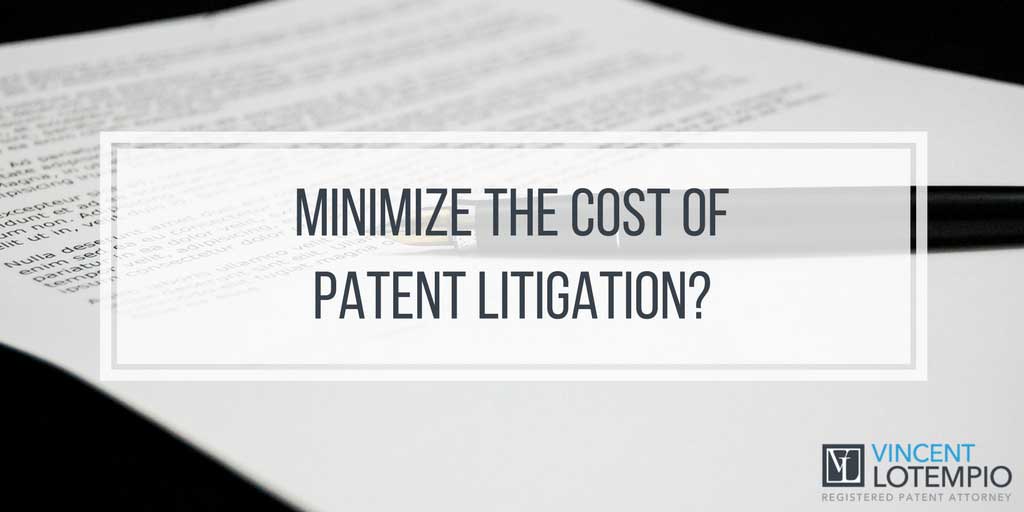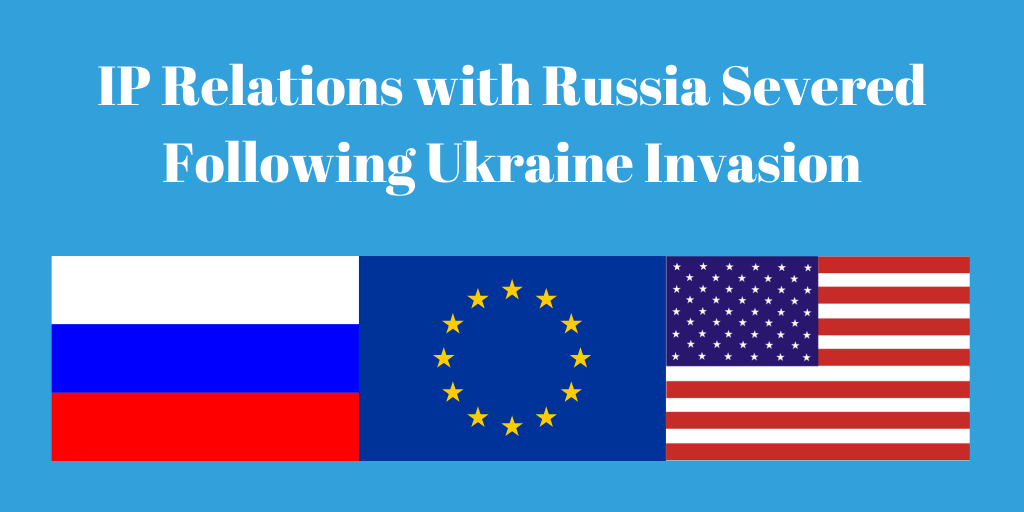A Possible Method to Minimize the Cost of Patent Litigation
Patent litigation is often costly and time-consuming. However, the 2011 Leahy-Smith America Invents Act (“AIA”) offers a patent review system called inter partes review that could possibly reduce the cost of patent litigation. Defendants accused of patent infringement can use inter partes review and request the United States Patent and Trademark Office (“USPTO”) to review a patent and assess its validity. Inter partes review is particularly useful in lawsuits concerning more than one defendant.
Lawsuits with multiple defendants
A good example of the use of inter partes review with multiple defendants would be Secure Axcess and their lawsuit concerning the ‘191 patent. Secure Axcess bought the rights to the ‘191 patent, which relates to authentication of a web page and providing an “authenticity stamp” on authenticated web pages. Soon after purchasing the ‘191 patent, Secure Axcess initiated a lawsuit and claimed that T. Rowe Price and other well-known companies infringed on the ‘191 patent.
Inter Partes Review in Litigation
During the lawsuit, T. Rowe Price utilized inter partes review and requested that the USPTO review Secure Axcess’s ‘191 patent. After reviewing the patent, the USPTO declared that prior art existed and thus, the ‘191 patent claims were unpatentable. This resulted in the Court ruling in favor of T.Rowe Price.
How will this affect the other suits that Secure Axcess has filed?
Secure Axcess filed suit against at least a dozen other companies and thus, numerous other cases are still pending. However, with the decision rendered in Secure Axcess’s case against T. Rowe Price, many of the pending suits may be resolved through collateral estoppel or issue preclusion. Although it is merely speculation at this point, other defendants may rely on the USPTO’s decision that the ‘191 claims were unpatentable to preclude further litigation. But since Secure Axcess has appealed their case against T. Rowe Price, other defendants may not be able to rely on issue preclusion until the case has been resolved.
How much would reviewing a patent save the litigants?
Often, it can cost litigants hundreds of thousands to millions of dollars to litigate a patent claim. However, it can cost up to $30,000 or more for the USPTO to review a patent. Although paying thirty thousand dollars to review a patent may seem fairly expensive, the cost of litigation would most likely amount to a considerably higher sum.
Different results for inter partes review
Depending on which panel reviews the patent claims, the use of inter partes review can lead to different results. The Patent Trial and Appeal Board (“PTAB”) tends to construe claims of challenged patents according to their broadest reasonable interpretation. In contrast, a district court would use a more narrow approach and interpret the claims in their plain and ordinary meaning. So one panel may uphold the patent while the other will find the same patent invalid.
Limitations on Inter Partes Review
There are certain limitations restricting the use of inter partes review. Here are a few examples:
–Inter partes review can only be initiated 9 months after the issuance of the challenged patent.
–Inter partes review must be initiated before a third-party files for a declaratory judgment seeking to establish validity of the claims.
–Requests for inter partes review must also be filed within one year of the third party alleged of patent infringement is served by the complaint.
Other types of review systems offered by the AIA
Inter partes review is only one of the various patent review systems offered by the AIA. Other review systems are available to meet different needs. Here are 2 examples:
–A covered business method review can be used to review the patent when the challenged patent concerns a method, apparatus, or operation used in the practice, administration, or management of a financial product or service rather than a technological invention.
–A post grant review can be used for evaluating the validity of the patent right after the issuance of a patent and before the passing of 9 months.
Does this article interest you? Subscribe to the LoTempio Law email newsletter to receive posts and updates just like this conveniently in your email box!
Disclaimer: this article is not intended to be legal advice and is meant to be for educational or entertainment purposes only. For legal advice and questions, please contact Vincent LoTempio at https://lotempiolaw.wpengine.com/





